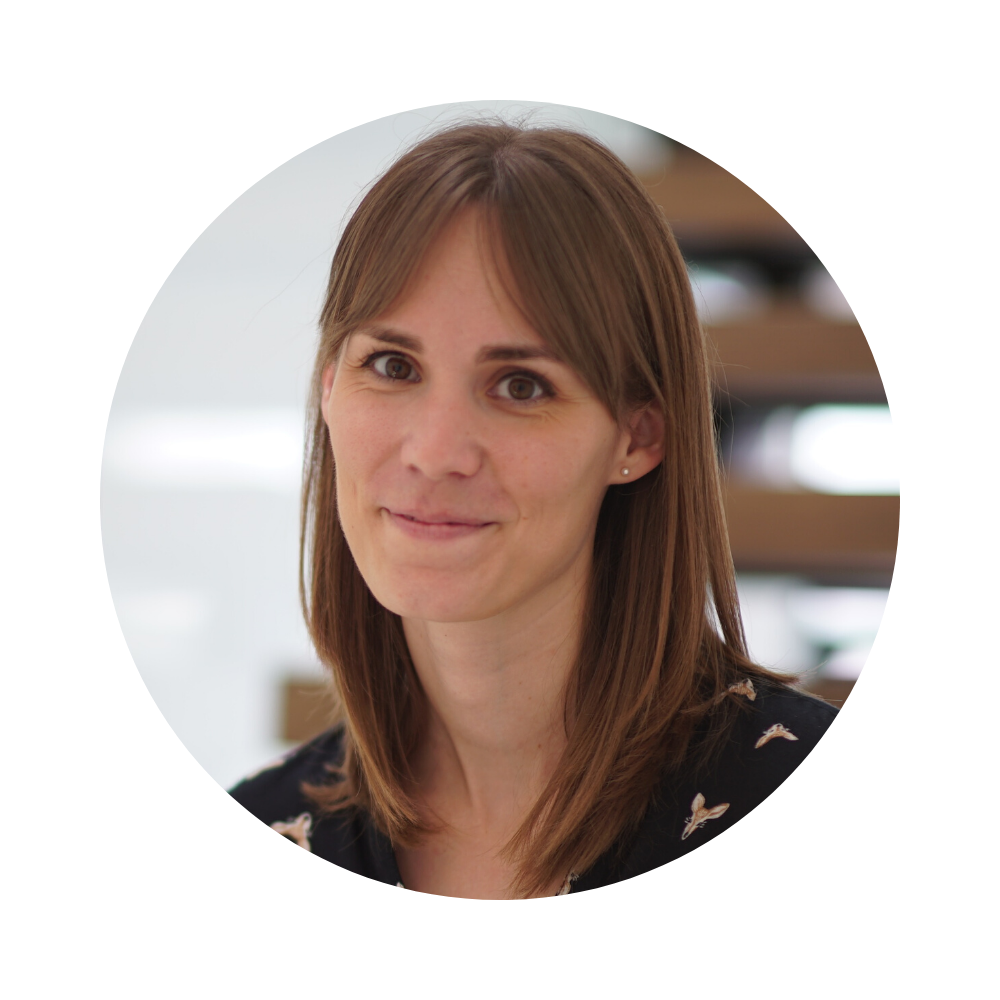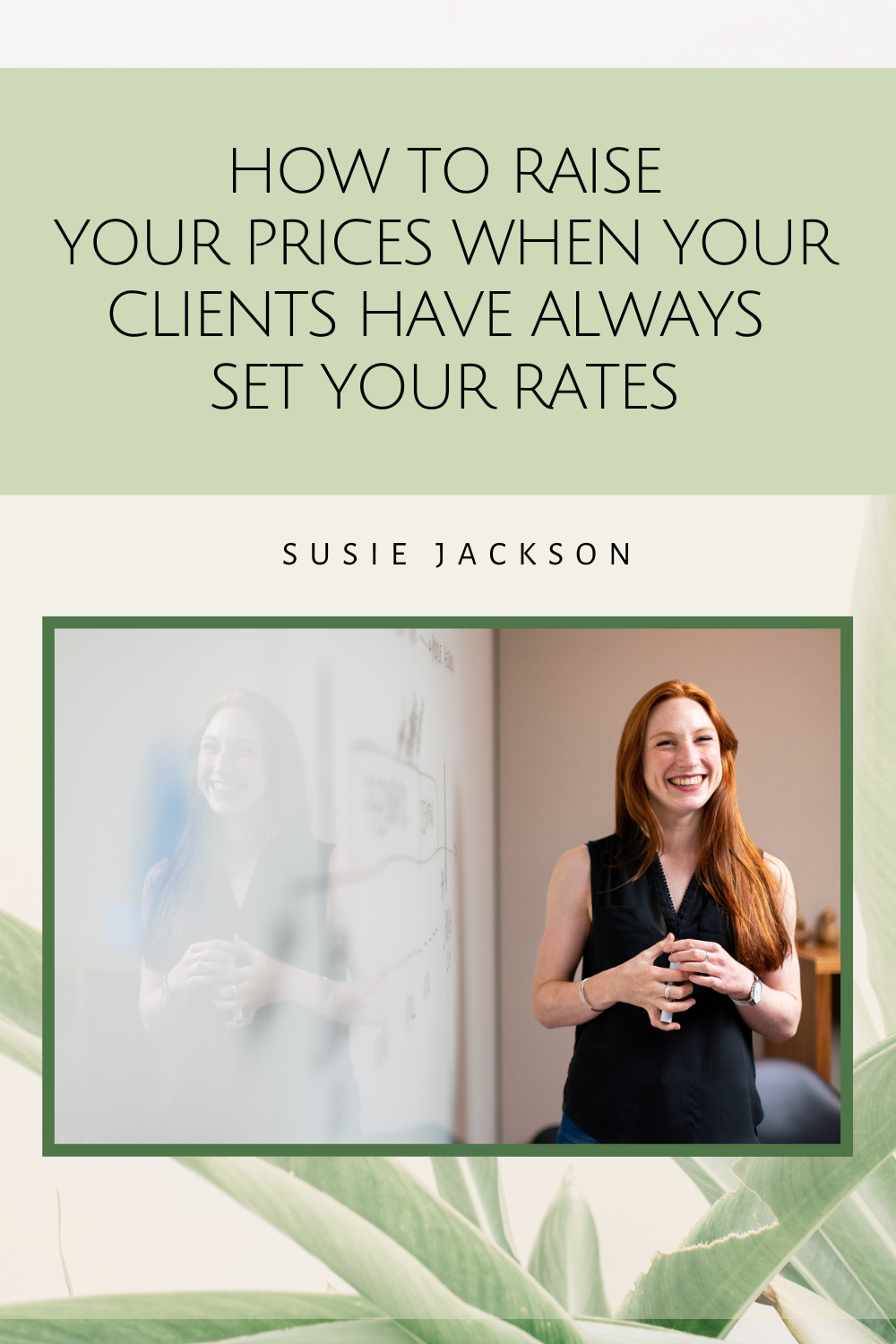How I Use the Profit First Accounting System in My Small Business
I’m often asked by freelancers and small business owners what kind of accounting system I use in my business. The truth is that I incorporate a variety of methods, systems and techniques to do my accounting in a way that works for me. I discuss many of these in depth during my Charge with Confidence mentoring programme.
Having said that, one accounting system I do like to use, and that I recommend to others, is the Profit First method. This is because it encourages you to focus on and prioritise making a profit in your business rather than leaving your profit until last.
In this blog post, I’m running through what the Profit First system involves before explaining how I use it in my business. I hope you’ll get some ideas and inspiration for things to try in your business to help you feel more in control of your finances and make sure you’re always earning a profit.
The Profit First accounting system
‘Profit First’ is actually a book by Mike Michalowicz. It describes an accounting system that reverses traditional thinking around accounting. Instead of ‘income - expenses = profit’, it adopts the approach of ‘income - profit = expenses’.
I love this because it gets you thinking about your profit and how much you’d like or need to earn first and foremost. Rather than whatever you’re left with being your profit, you’re ensuring that you’re paying yourself from your business first.
The ‘Profit First’ book is wide-ranging and isn’t written for freelancers. However, there are many aspects that can be adapted for use in our own small businesses. Here’s how I’ve incorporated the Profit First method into my accounting system.
Adapting the Profit First method for freelance accounting
One aspect I like about the Profit First method is setting different percentages of your income aside for different purposes within your business. The idea is to have separate accounts or pots of money in your business banking where you can transfer those percentages as money comes in.
I’ve adopted this technique in my own business banking, and I now have:
a business current account, which is where payments come into and go out from my business
a savings account for my salary
another savings account for tax and pension contributions.
By having these separate accounts and allocating money to them on a regular basis, I’m making sure that I’m setting money aside for each of these crucial elements.
Many freelancers and small business owners forget to do this. I often see people paying themselves whatever’s left over in their account each month rather than setting themselves a fixed salary. This feels great when you have a high-income month, but it can often lead to overspending, meaning that when you have a low-income month, you find yourself struggling to make ends meet.
Similarly, freelancers and small business owners tend to neglect setting money aside for tax, that is, until it’s too late and they find themselves facing a not-insignificant tax bill. At this point, panic sets in as the money has to be conjured up from somewhere. If you’d simply set aside a percentage of your income each month, you’d have nothing to worry about.
As for saving for retirement, that always seems to be considered a nice-to-have and is something we frequently promise ourselves once our business is better established and is making more money. The problem is that saving for retirement only feels like a priority too far down the line. We often put it off until we’ve missed out on 5 to 10 years of pension contributions that we could have been benefitting from.
If we consider all these savings a priority and something we need to set money aside for first and foremost, we’ll prioritise our profit and make sure our business is covering everything we need it to.
And it doesn’t have to end here. Besides the accounts I have for my business, you can also set up an account to save for any other specific purpose that matters to you. For example, you might want to set aside a percentage of your income so you can make charitable donations. Or perhaps you’d like to pay yourself a quarterly bonus. How about setting money aside for a large (non-urgent) business or personal expense, such as taking a qualification, upgrading your office furniture or paying a deposit for a house or car? Saving a little at a time will help you reach your financial goals, especially when this money comes straight out of your income.
Personally, I find that attributing percentages of my income to different accounts helps me reign in my spending on business expenses. This is because rather than having all my business money sitting in one account, when there's a business expense I'm considering, I just check if there's enough to cover it (and my other budgeted expenses) in my current account. This helps me feel more in control of my finances as I know that I already have money set aside for the other things I need my business to cover.
How to price your services using the Profit First accounting method
Once you know your figures, the amount you need to be earning to cover your profit/expenses and the percentages of your income you need to be setting aside, you can calculate your rates.
In Charge with Confidence, I take participants through the process step by step. First we look at your business expenses and personal outgoings. Then we consider how much you’d like to set aside to save for retirement and what percentages of your income you’d like to allocate to tax and anything else that’s important to you.
Once we have these numbers, to get your minimum hourly rate, we can take your capacity for paid client work and divide it by the amount you need to be earning to make your profit and cover your expenses. We can also use your figures to identify mid-range and aspirational hourly rates too.
I hope this blog post has given you some ideas for how to use the Profit First method in your business. Focusing on your profit and making sure you’re earning enough to cover everything you need will help you develop a healthy, sustainable business that will support you in the long term.
If you’re unsure how to calculate your percentages and would like some help to price your services using the Profit First method, I’d love to support you through Charge with Confidence. I’m currently offering my signature mentoring programme on a 1:1 basis, so please don’t hesitate to get in touch if it sounds like a good fit for you!
Hi, I’m Susie
I mentor freelancers on pricing and business finances so you can earn a decent living doing what you love.
I’m a translator, editor, chocoholic, crochet addict, animal lover, and budding gardener (get it?) who loves empowering others to achieve their goals.














